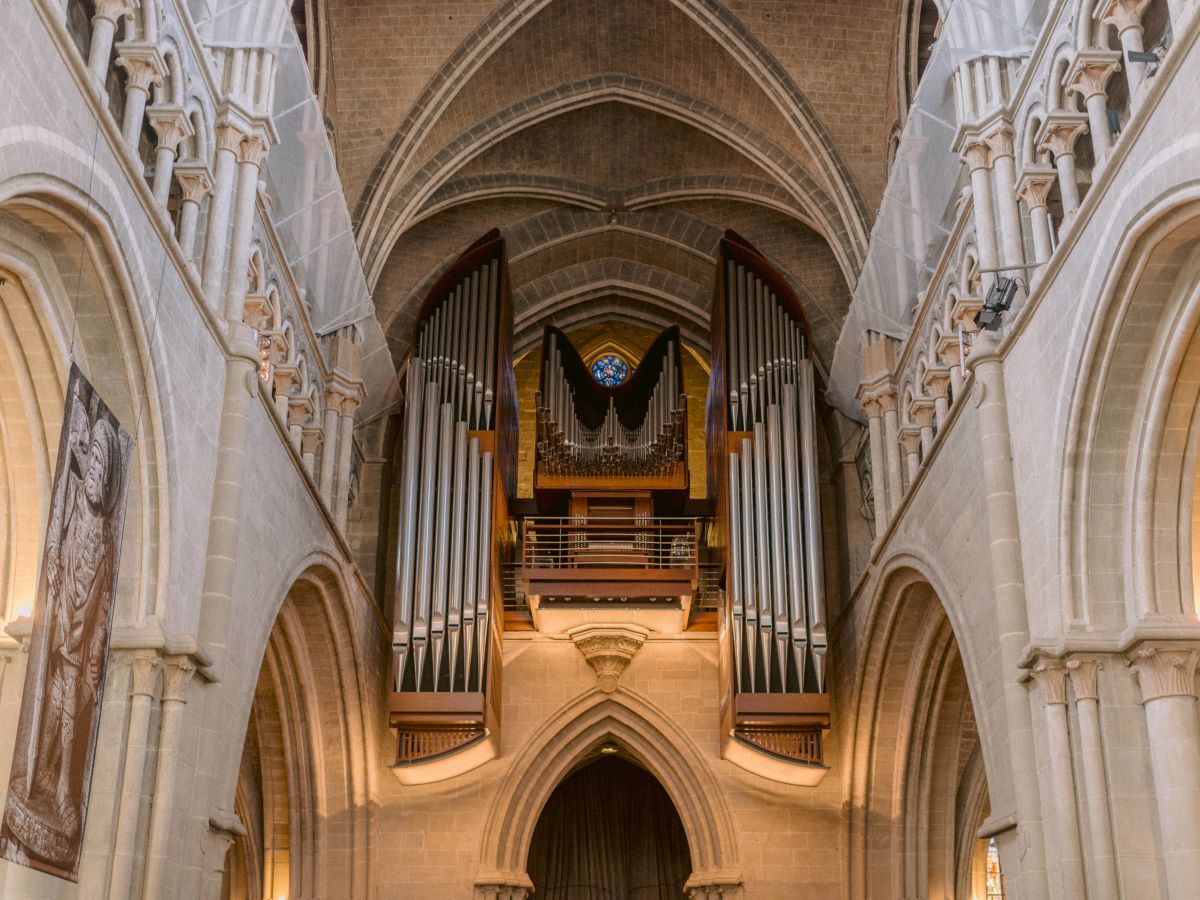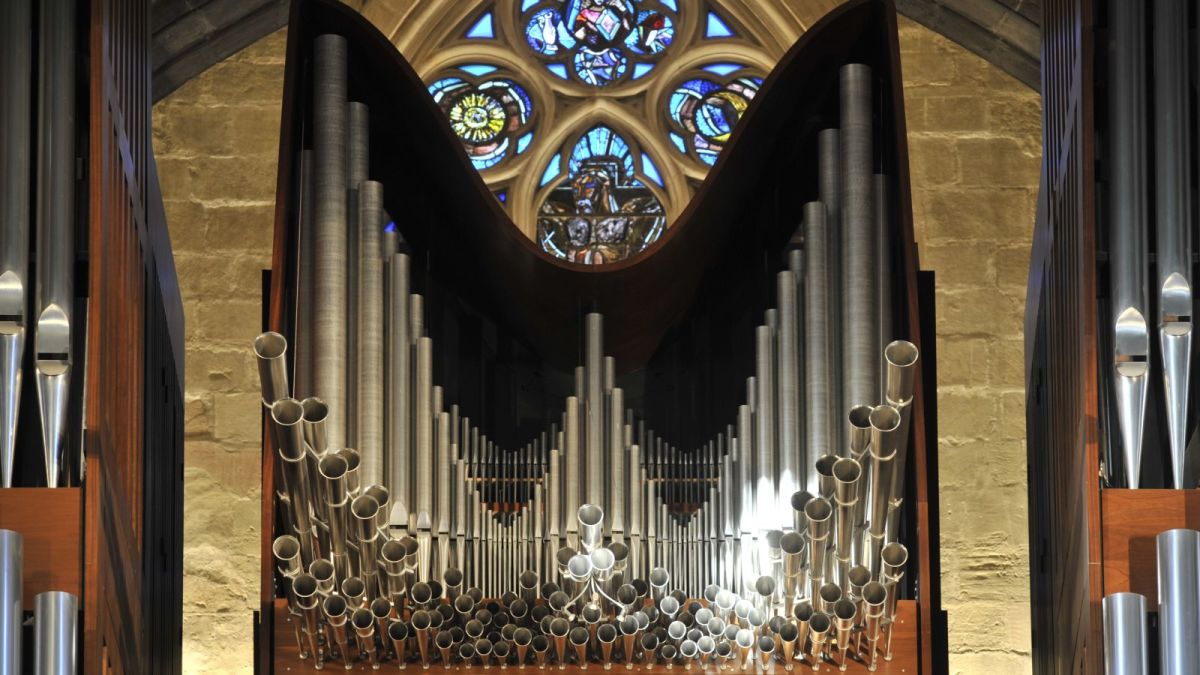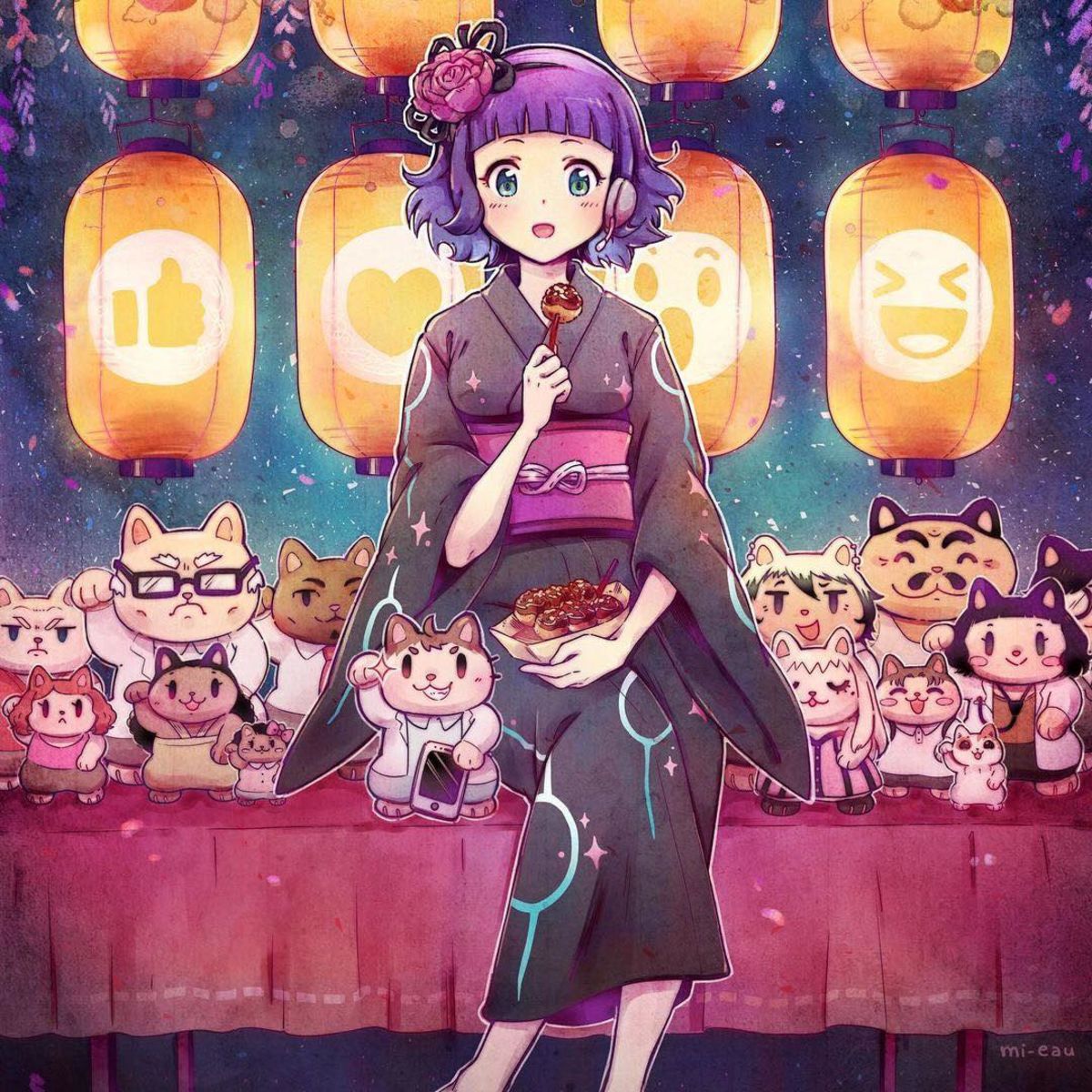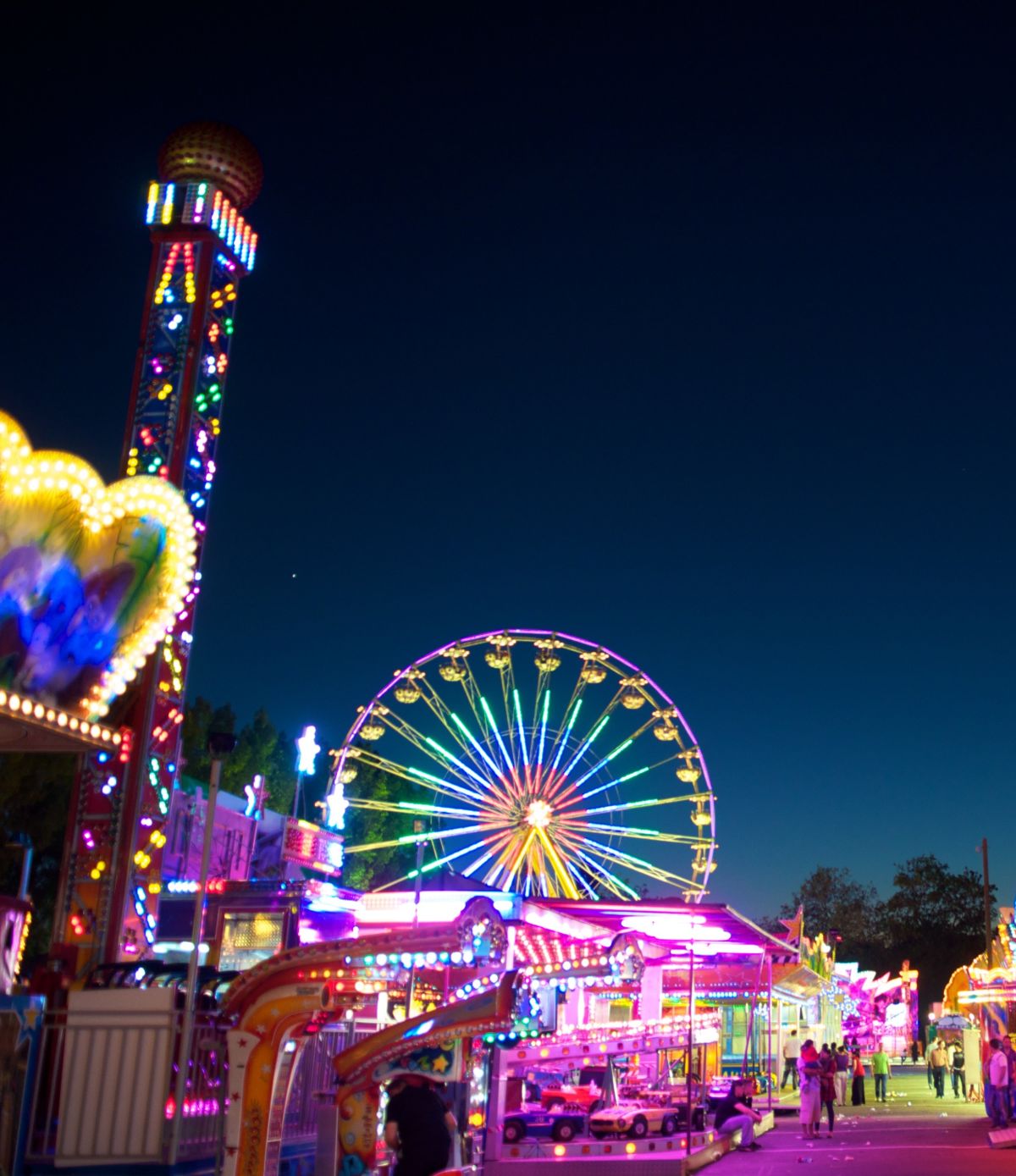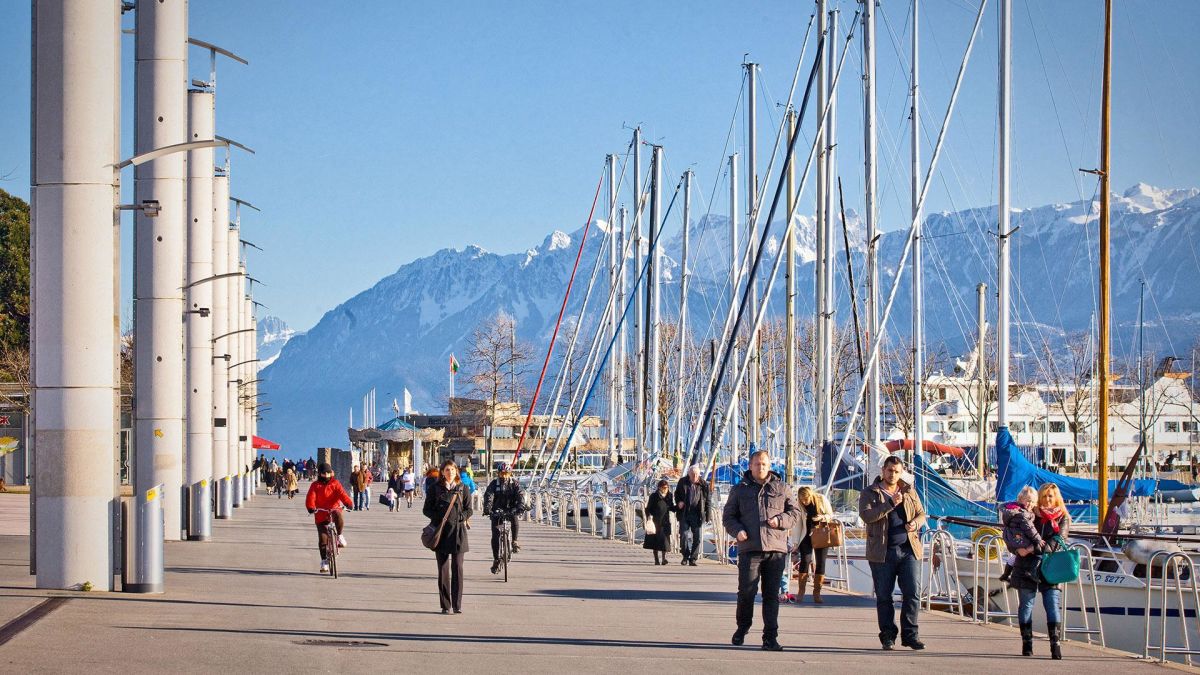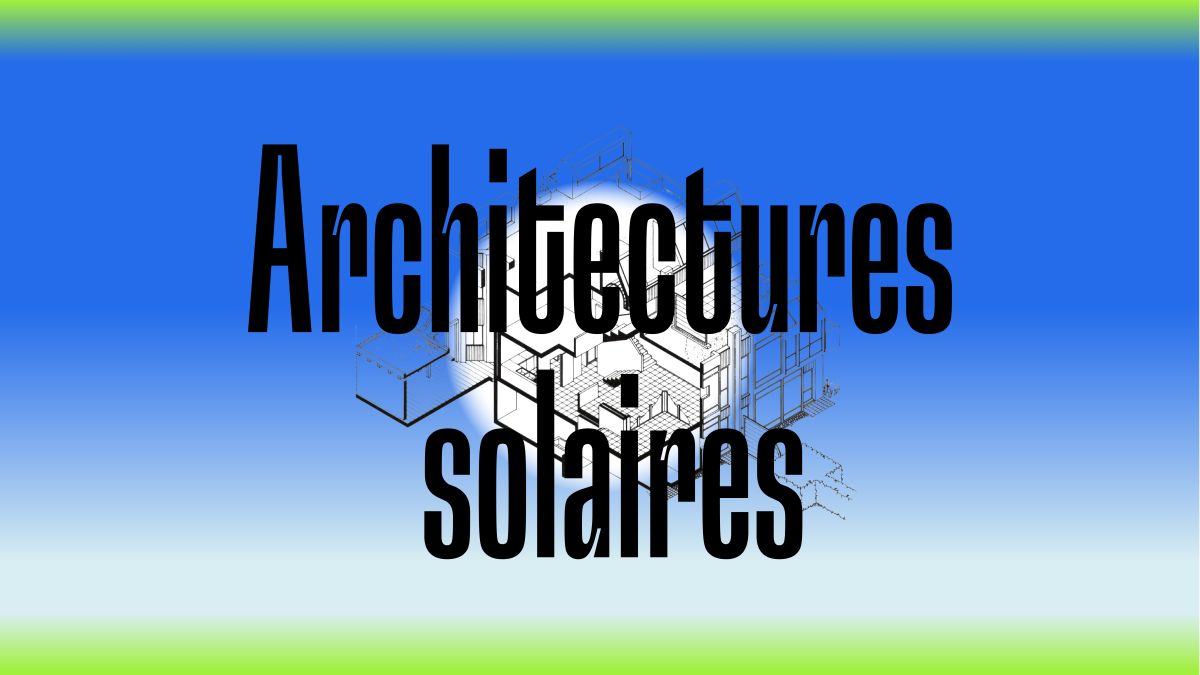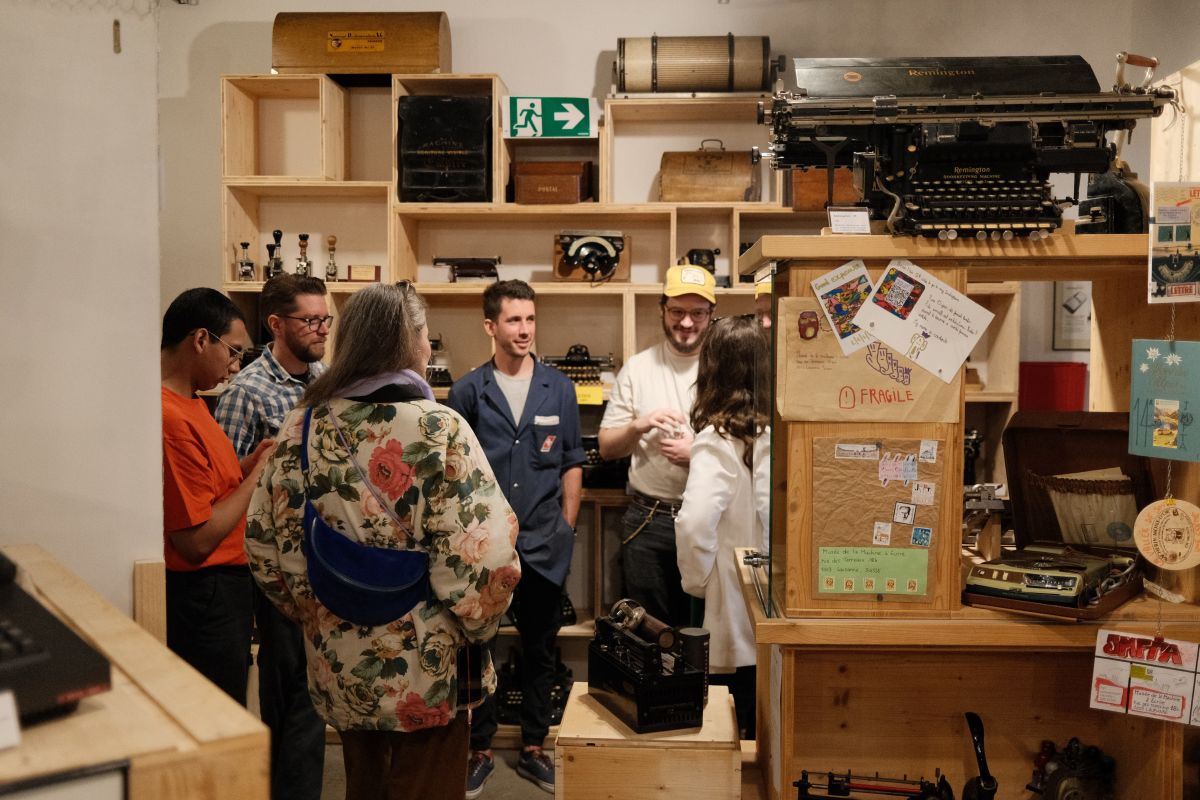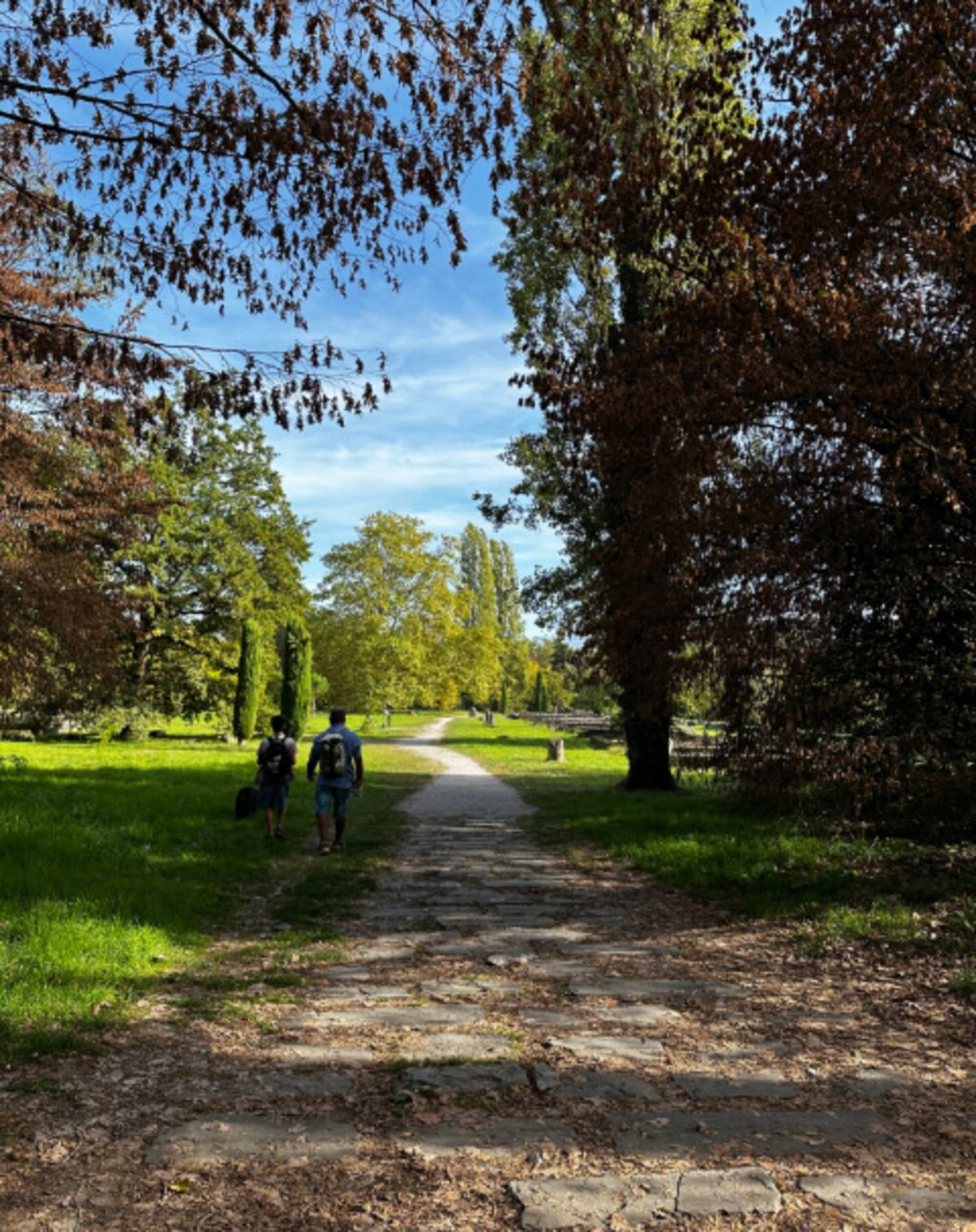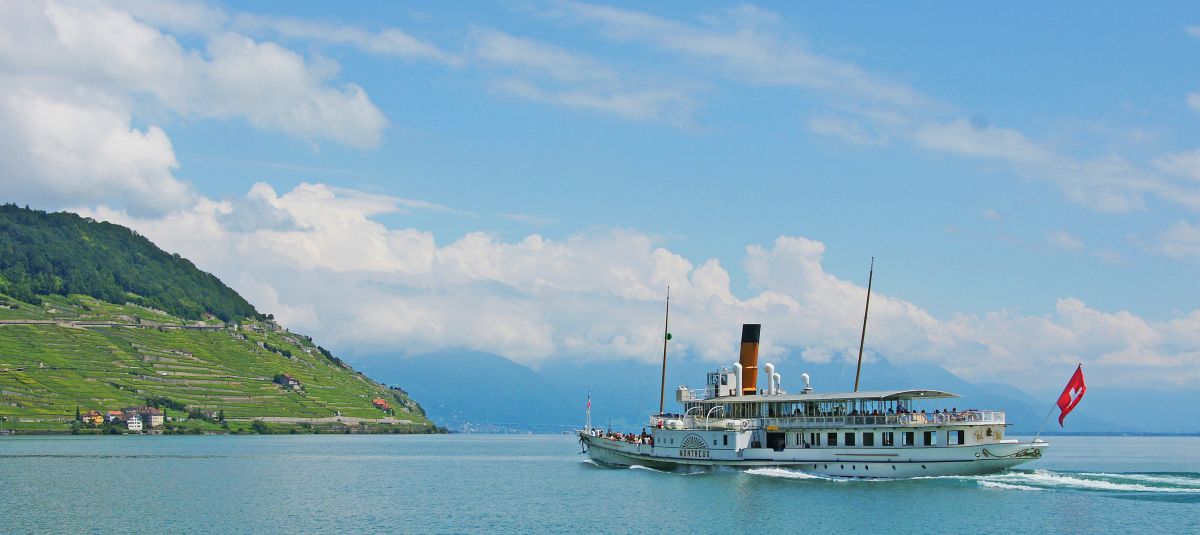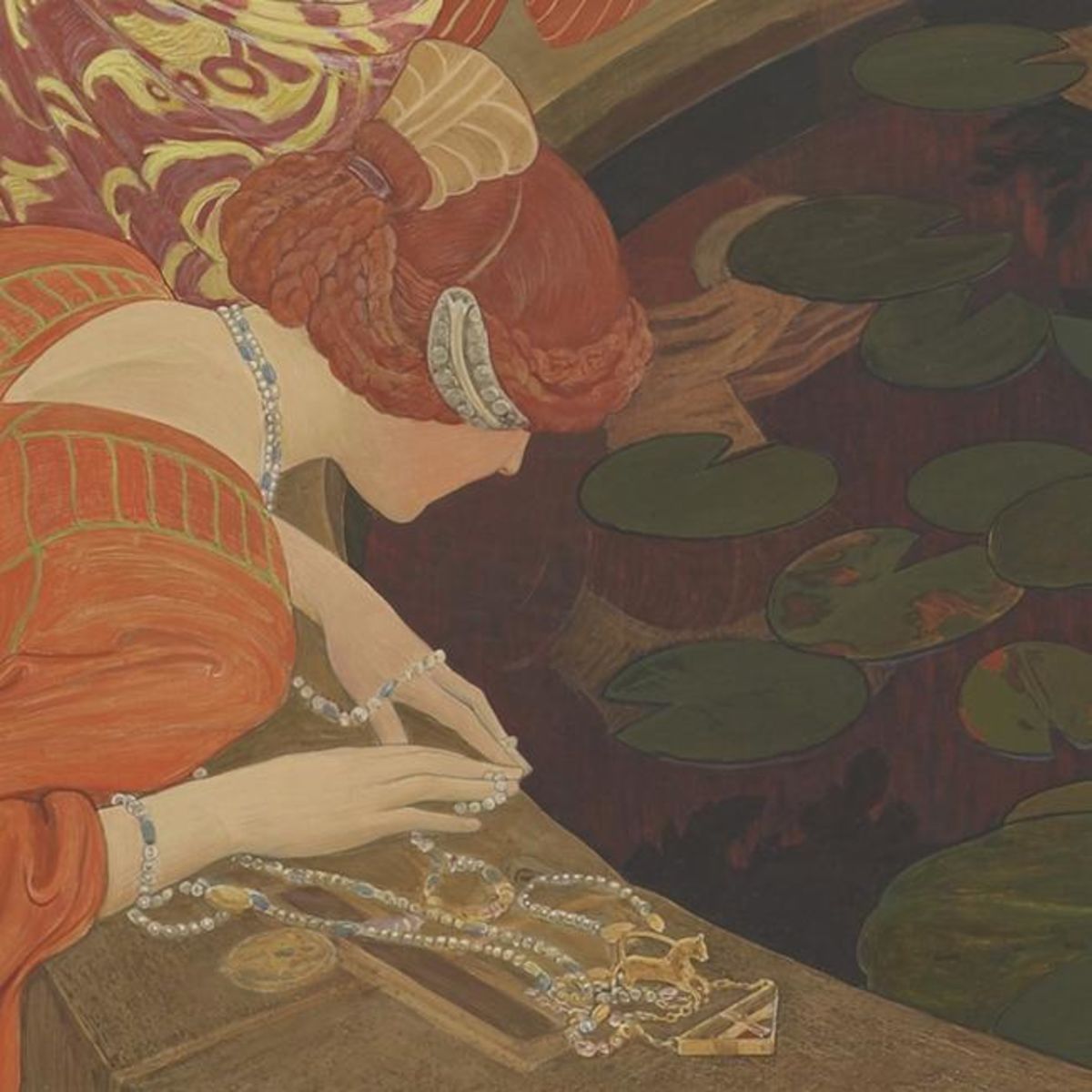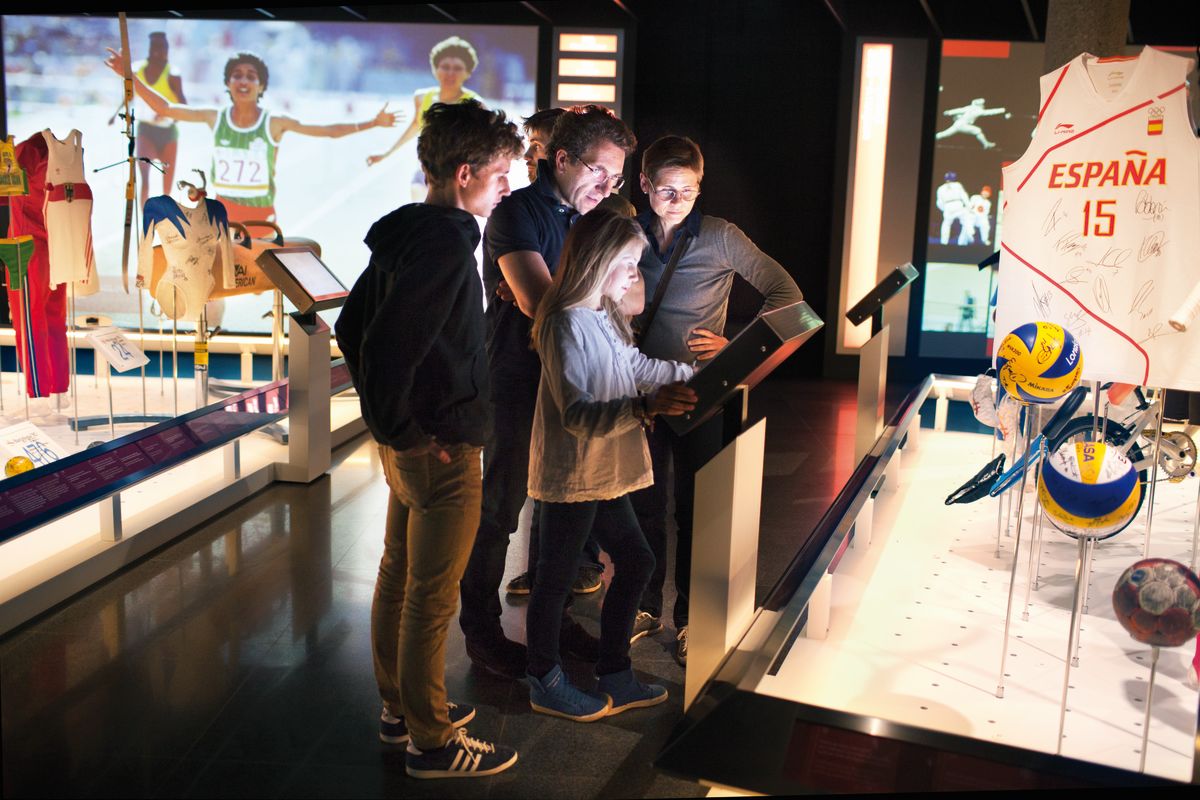Useful information
Address
Schedules
From 13.09.2024 to 15.12.2024
Tuesday
14:00 - 18:00
Wednesday
14:00 - 18:00
Thursday
14:00 - 18:00
Friday
14:00 - 18:00
Saturday
11:00 - 18:00
Sunday
11:00 - 18:00
Full price (from 16 years old)
14 CHF
Reduced (students, AVS, AI, unemployed)
10 CHF
Lausanne Transport Card
10 CHF
Admission for children under 16
Free
Combined rate Pully Art Museum / La Muette - espaces littéraires
20 CHF
Free admission on the first Saturday of the month.
Access from Lausanne
Bus 8, 25 and 47: «Pully-Gare» stop
Bus 9: «Pully-Clergère» stop
By train: «Pully» stop
More info
Born in Paris in the early 1960s, narrative figuration arose in response to the various abstract trends that dominated the artistic scene at the time. Nourished by the political, social, economic and cultural news, it shared close aesthetic links with Anglo-Saxon pop art, to which it is often associated to this day. The six thematic sections of the exhibition aim to show how the artists belonging to the movement used the images of mass culture to forge a pictorial language that was based on representing daily life and was fuelled by references to comics, photography, movies and advertising, lying at the heart of this new pop culture.
The artists, mostly from France, Switzerland and the rest of Europe, offer a vision that is both critical and ironic of the two decades shaped by the tumults of the Cold War and the rise of the consumer society following the “Trente Glorieuses” - the "thirty glorious years" of reconstruction following the Second World War. Thanks to their insightful perspective on this often fantasised about period, they injected in their works an authentic reflection on the production and distribution of images in mass media, as well as their impact on contemporary society.
The artists, mostly from France, Switzerland and the rest of Europe, offer a vision that is both critical and ironic of the two decades shaped by the tumults of the Cold War and the rise of the consumer society following the “Trente Glorieuses” - the "thirty glorious years" of reconstruction following the Second World War. Thanks to their insightful perspective on this often fantasised about period, they injected in their works an authentic reflection on the production and distribution of images in mass media, as well as their impact on contemporary society.





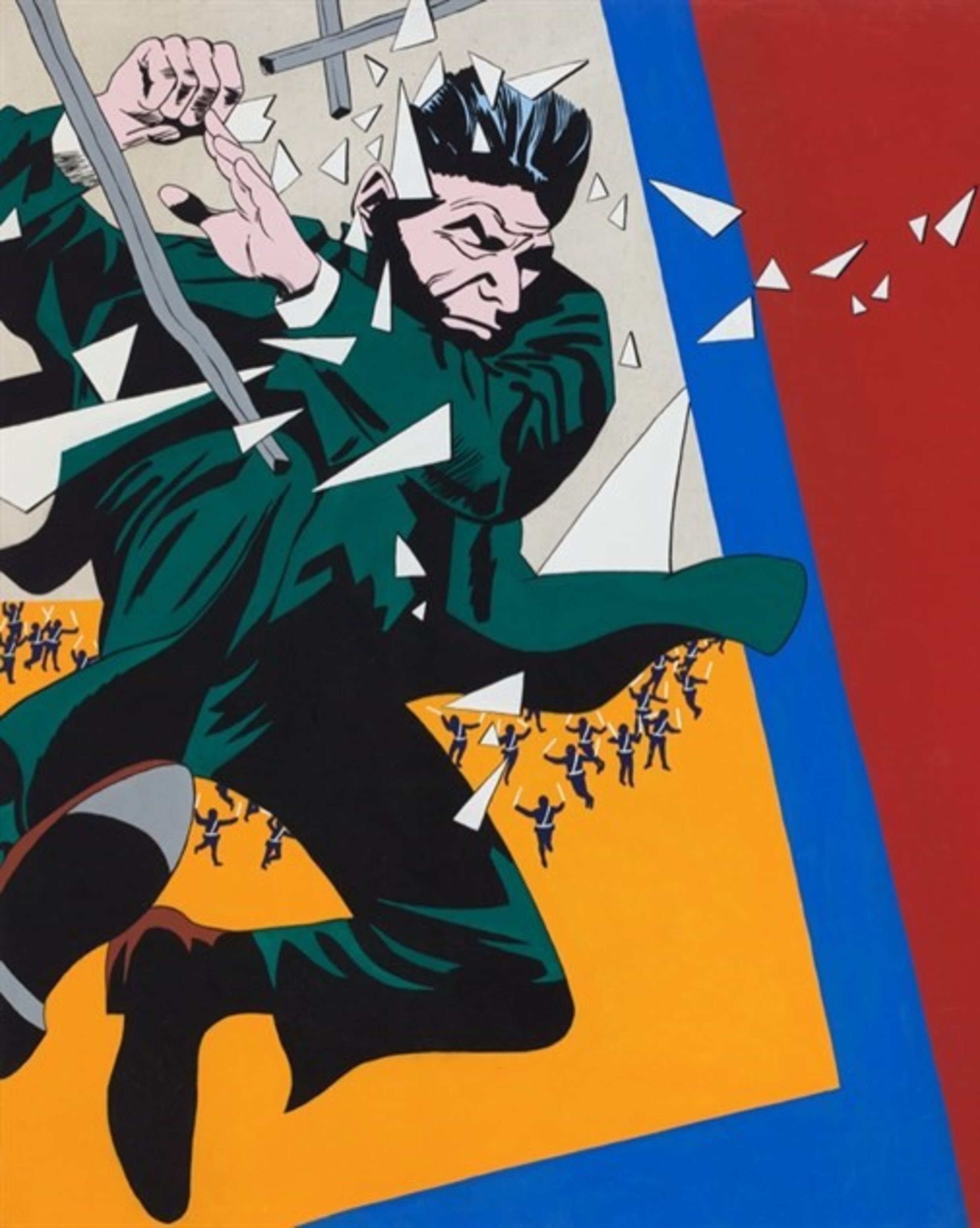
 +41 21 721 38 00
+41 21 721 38 00 Email
Email Website
Website